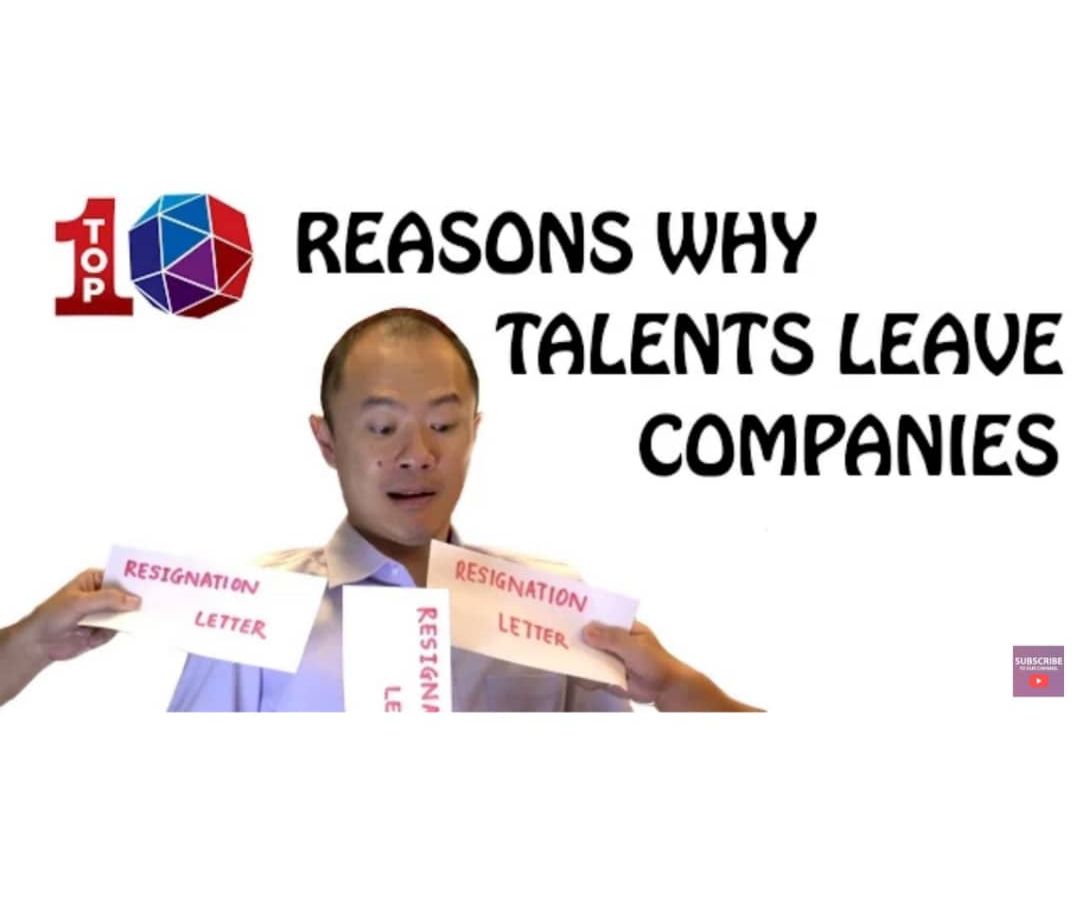Are You Hiring A Hireling, Herring, Or A Hero?

The hiring paradox
Would you hire this man if you were the CEO or HR head of an advertising firm? He is 38-years-old and unemployed. He dropped out of college, had been a cook, a salesman, and had done some PR work. Has no knowledge of marketing and has never done any advertising work, but professes to be interested in advertising as a career is ready to work as an executive for $50,000 a year.
The notion of hiring such a person goes against conventional wisdom.
And yet, this is a true story. This person was hired, despite conventional wisdom. His name is David Ogilvy, founder of the biggest advertising agency in the world, Ogilvy and Mather. He is known as the “Father of Advertising”, who created success for brands such as Rolls Royce, Schweppes, Dove, and American Express.
So what’s the moral of the story? Do you follow conventional wisdom by hiring based on a set of established practices, predefined criteria, competency framework, culture and values, or do you use ingenuity to hire for success and allow for variety and versatility?”
Consistency or diversity?
Yes, we must ensure a fair degree of consistency in terms of fit, but also go beyond it.
Culture, competency, character, commitment and consistency are good starting points, but we need to go beyond and hire more from insight and foresight. We need to look at things apart from the obvious skills, qualification, experience, and expertise.
We must consider intrinsic factors such as the drive, potential and dispositions of candidates, especially when hiring heroes or leaders.
For some degree of consistency, check them against your company’s values or culture.
But, if you are hiring a hireling, then the inner drive and working may not be as critical. In this case, it is more important to ensure a stronger cultural fit.
For practical purposes, we need leaders as well as dealers; people who will keep the organisation on an even keel. There needs to be a dynamic balance of people who will challenge the status quo and people who will preserve it. This is the paradox of hiring.
A good understanding of your real organisational culture is also useful. Is it individualistic, happy-go-lucky, and opportunistic? Is it political, compromising, principled, authoritarian, or laissez-faire?
Hiring the best, right or brightest fit requires more than just a set of generic practices, as this is an art as well as a science. No two situations are alike. We can use past experiences, models and frameworks, but we must balance between present capability and future potential.
In this sense, hiring is a paradox of opposites.
In the light of this paradox, we must reconcile:
- Present performance against future potential.
- Culture, consistency, and uniformity versus unity in diversity.
- People who play it safe and those who are willing to stretch the limits.
- Result drivers and relationship builders.
- Original thinkers versus copycat producers.
- Factual faces versus feely fellows.
- Book-smart versus street-smart.
- Creativity versus conformity.
- Employing people who are fired up versus firing them up.
- Learning, unlearning, and experimentation.
- Past experience versus future possibilities.
A healthy balance
There is a prevailing belief that if you hire a misfit, it will be a disaster. It need not be so. However, if an organisation is made up of mainly managers and not leaders, this may be the case.
There has to be a balance between transactional hiring and transformational hiring.
The trained will become more sought after and the less trained will be sidelined, causing more of a critical industry-induced shortage.
There is actually no shortage of talent, but there is a shortage of trained and transformed talent. Companies need to look at the bigger picture by thinking abundantly. By doing so, they will enhance the overall talent pool.
So, do you pinch or train? Pinching too much can disrupt your internal equilibrium. No pinching may cause complacency. Therefore, manage and balance these two paradoxes.
We hear of highly successful companies like Apple, Google, Zappos, and Microsoft advocating hiring the best. That may be true for a time, but we need to evolve from a Darwinian survival type of hiring to a more equitable and transformative type of win-win system.
From my own observation, I have seen many employees who were once “cold storage” or “sidelined” – the so-called “misfits” – transform into high achievers simply because of right input and guidance.
I have seen seemingly insignificant people, who would not normally be employed, rise to the occasion when given the opportunity. They would never have had a chance if we simply followed formulas and best practices.
Guidelines are useful, but only inasmuch as they help you – they don’t act as limitations. Is cultural fit a must? Yes, to some degree, but don’t be constrained by it.
We often adopt best practices, but best past practices suit what has gone before, and won’t necessarily suit your current circumstances.
Over time, the context, time, players and landscape will change. We need to be receptive, perceptive and proactive in order to maximise talent, potential and performance.
Concluding thoughts
Having a map is useful but it does not fully reflect reality. Past experiences, precedents and judgments must be evaluated in the light of current reality and changing dynamics.
Evolve your own best practices and don’t be swayed by hiring myths, trends and fables. Be realistic and ready to adapt in the light of your culture, business, brand and vision. Hiring must be a lively and liberating experience – not a laborious one.
Let’s revisit the story of David Ogilvy. I am sure the firm had hiring guidelines but, reconciling the paradox between experience and potential, they caused the exponential growth of the biggest and most successful advertising agency in the world.
If he wasn’t hired, David Ogilvy could have ended up as an unknown cook in an unknown town writing menus and making coffee instead of writing copy, and who knows how that would’ve affected the advertising industry.
Xavier Johnson is the managing consultant of Waterhouse Consult Think, a strategic organisation development, HR and business consulting firm that focuses on aligning people and talent to the business delivery system for maximising ROI, using a design thinking methodology. He is a faculty of Leaderonomics. To engage with Xavier for your organisation, write to training@leaderonomics.com. For more Be A Leader articles, click here.
Functional






